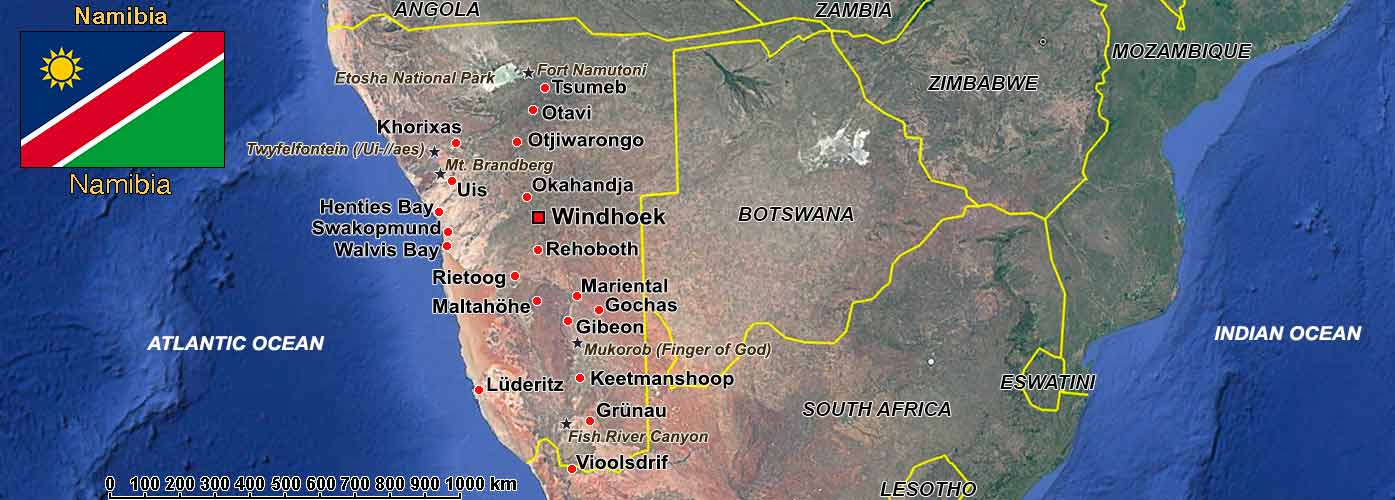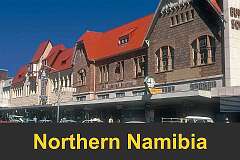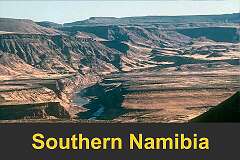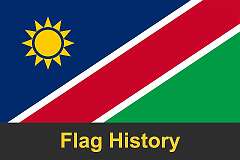Namibia in 1974
4 - 14 May 1974
The Republic of Namibia, on the west coast of Southern Africa, is the driest country in sub-Saharan Africa; with a population of 3.1 million people, it is one of the most sparsely populated countries in the world. The country’s name is derived from the Namib Desert, the world’s oldest desert. Khoi, San, Damara and Nama people have lived here since prehistory; their languages are notable for their click consonants. The word ”Namib“is of Khoi origin and means ”vast place“. Around the 14th century, immigrating Bantu peoples arrived and from 1600, the Ovambo formed kingdoms in the north. In 1884, the German Empire formed its colony, German South West Africa, over most of the territory, and between 1904 and 1908, German troops waged genocidal campaigns against the Herero and Nama peoples.
Germany lost its colonies after the First World War, and in 1920, the League of Nations mandated the administration of the colony to South Africa. It meant that after 1948, South West Africa also suffered the apartheid regulations and the establishment of ”Bantustans“. In 1966, the United Nations assumed responsibility for the territory, following demands for political representation, but South Africa maintained control until 1973. The UN recognised SWAPO, the South West Africa People’s Organisation, as the official representative of the Namibian people. After an armed struggle (the South African Border War), Namibia gained independence from South Africa on 21 March 1990; Walvis Bay and the Penguin Islands remained under South African control until 1994. These photos were taken in 1974, whem the country was still under the South African apartheid regime.
Germany lost its colonies after the First World War, and in 1920, the League of Nations mandated the administration of the colony to South Africa. It meant that after 1948, South West Africa also suffered the apartheid regulations and the establishment of ”Bantustans“. In 1966, the United Nations assumed responsibility for the territory, following demands for political representation, but South Africa maintained control until 1973. The UN recognised SWAPO, the South West Africa People’s Organisation, as the official representative of the Namibian people. After an armed struggle (the South African Border War), Namibia gained independence from South Africa on 21 March 1990; Walvis Bay and the Penguin Islands remained under South African control until 1994. These photos were taken in 1974, whem the country was still under the South African apartheid regime.










